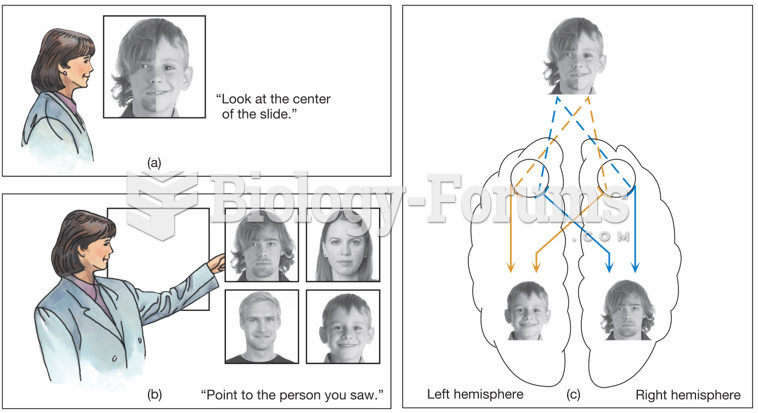(1) Research has shown that when teachers are asked to nominate their best students or those with the
most potential, they are more likely to nominate boys than girls. (2) They are especially likely to name
boys as most skilled in mathematics. (3) Even when the differences between boys and girls is minimal,
teachers who are asked to think of students who excel in language or social skill are more likely to name
girls. (4) Boys receive more disapproval from teachers than girls do during preschool and elementary
school, even when boys and girls engage in similar amounts of disruptive behavior. (5) Teachers pay
more attention to a girl when she sits quietly in the front of the classroom, whereas the amount of
attention paid to a boy is high regardless of where he sits. (6) Within elementary school classrooms,
teachers tend to call on boys more often than girls and give them more explicit1
feedback regarding their
answers. (7) When girls answer, they are more likely to receive a simple acceptance from the teacher
(okay), whereas boys tend to receive more praise, constructive criticism, or encouragement to discover
the correct answer. (8) Thus, boys receive more explicit academic instruction and tend to dominate
classroom interactions.
From BUKATKO, Child Development, 5E. 2004 Cengage Learning.
What is the implied main idea of this paragraph?
a. Teachers don't receive enough training in classroom management.
b. Teachers treat children differently according to their sex.
c. Education in America is unequal and unfair.
d. Male students perform better than female students do in America's classrooms.
Question 2
(1) Research has shown that when teachers are asked to nominate their best students or those with the
most potential, they are more likely to nominate boys than girls. (2) They are especially likely to name
boys as most skilled in mathematics. (3) Even when the differences between boys and girls is minimal,
teachers who are asked to think of students who excel in language or social skill are more likely to name
girls. (4) Boys receive more disapproval from teachers than girls do during preschool and elementary
school, even when boys and girls engage in similar amounts of disruptive behavior. (5) Teachers pay
more attention to a girl when she sits quietly in the front of the classroom, whereas the amount of
attention paid to a boy is high regardless of where he sits. (6) Within elementary school classrooms,
teachers tend to call on boys more often than girls and give them more explicit1
feedback regarding their
answers. (7) When girls answer, they are more likely to receive a simple acceptance from the teacher
(okay), whereas boys tend to receive more praise, constructive criticism, or encouragement to discover
the correct answer. (8) Thus, boys receive more explicit academic instruction and tend to dominate
classroom interactions.
From BUKATKO, Child Development, 5E. 2004 Cengage Learning.
What kind of generalization could be made about the details stated in the paragraph?
a. The reactions are all different and based on gender.
b. The reactions are all fair and reasonable.
c. The reactions are all harmful for students.
d. The reactions are all good for students.







